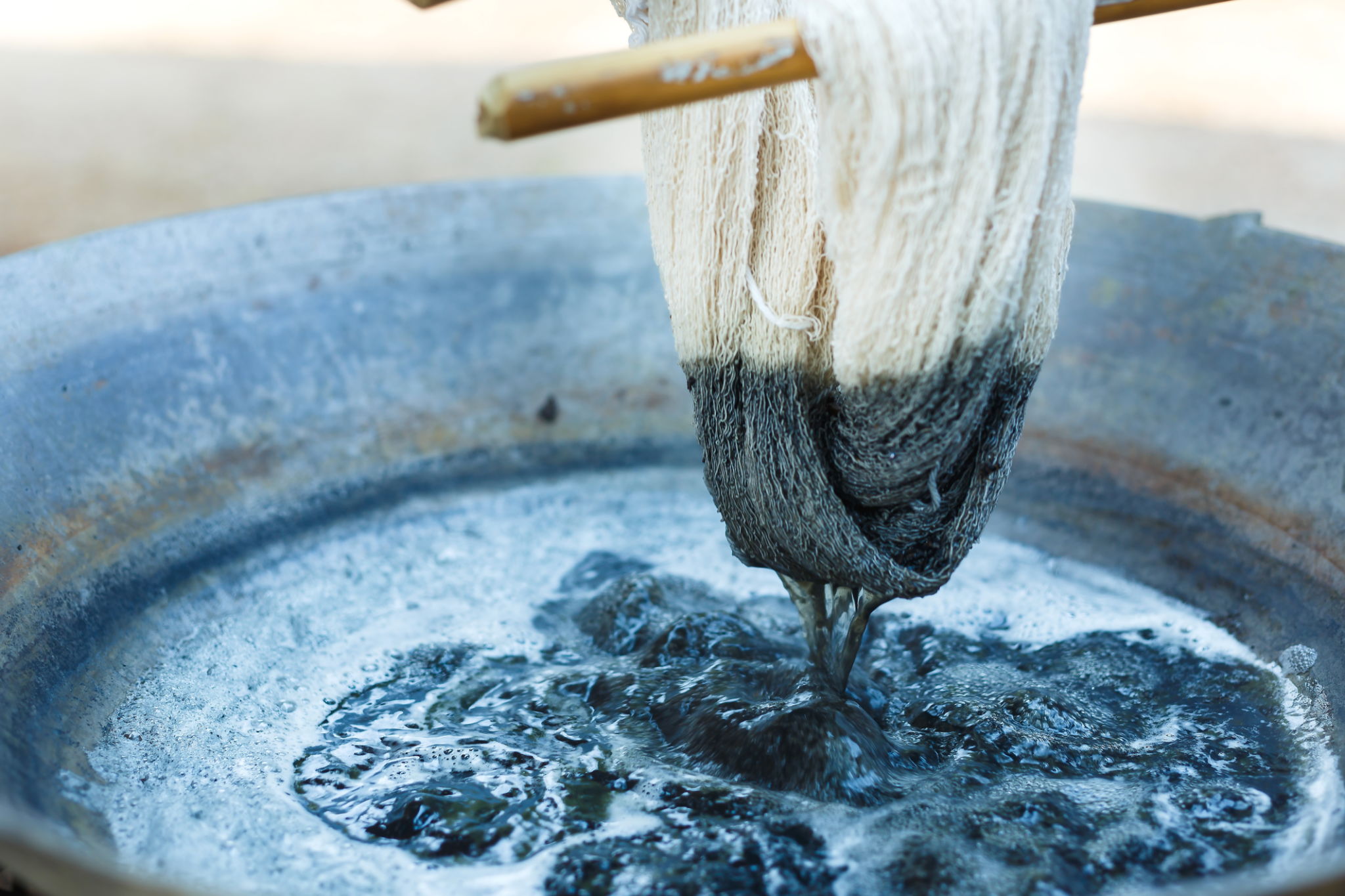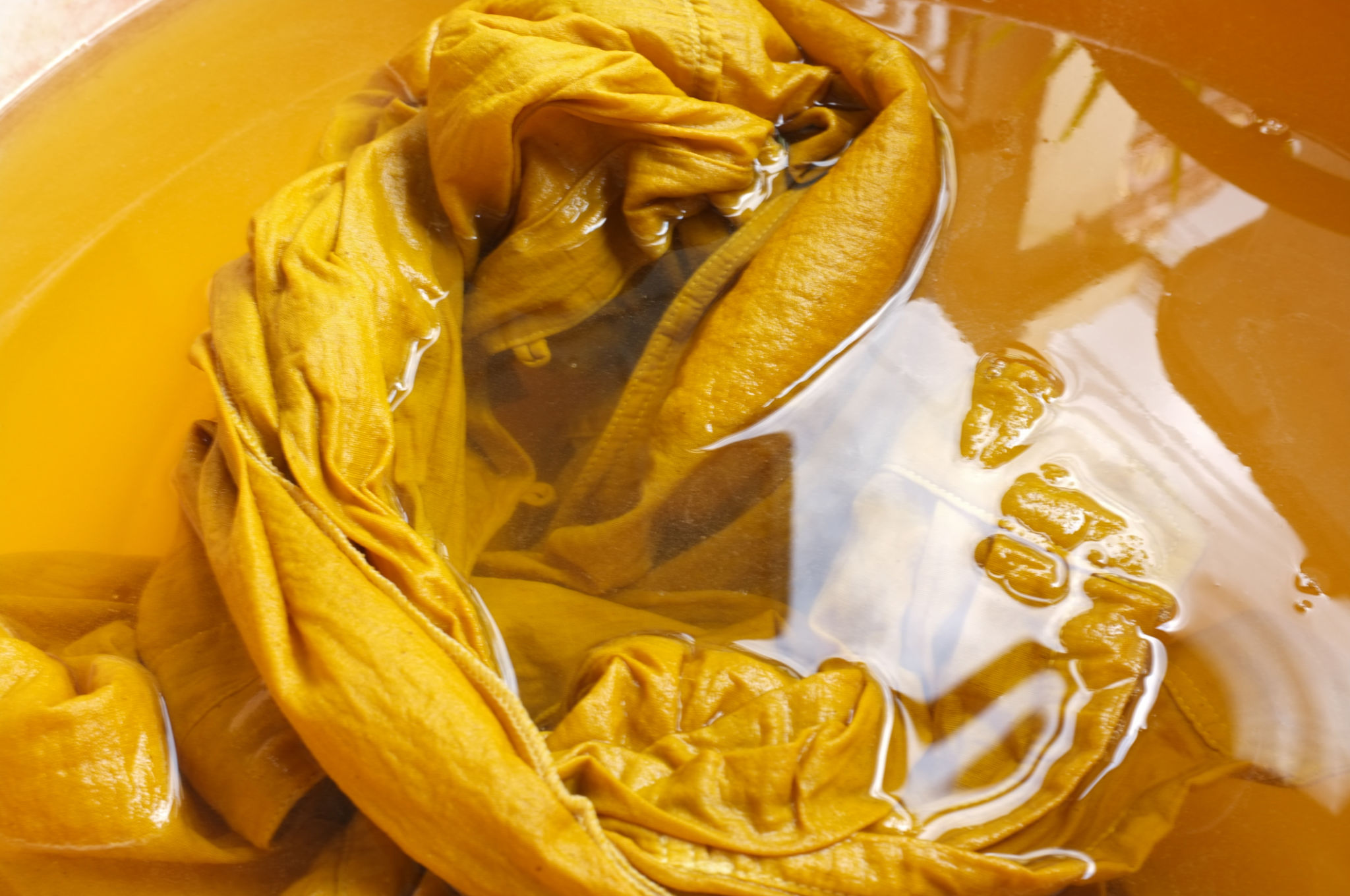How to Use Plant Extracts for Natural Dyeing: Tips and Techniques
Introduction to Natural Dyeing
Natural dyeing using plant extracts is an ancient art that has seen a resurgence in popularity as more people seek sustainable and eco-friendly alternatives to synthetic dyes. This craft not only connects us to nature but also produces stunning, unique colors that vary with each batch. In this guide, we will explore how to effectively use plant extracts for dyeing fabrics, providing tips and techniques to help you succeed.

Choosing the Right Plants
The first step in natural dyeing is selecting the right plants. Different plants produce different colors, and the part of the plant used can also affect the final hue. Popular choices include:
- Indigo: Produces a deep blue color.
- Madder Root: Known for its rich red hues.
- Onion Skins: Yield shades of yellow and orange.
- Turmeric: Provides a vibrant yellow color.
Experimenting with local plants and seasonal flora can also yield surprising results and deepen your understanding of natural dyeing.
Preparing Your Fabric
Before dyeing, it's essential to prepare your fabric to ensure it absorbs the dye evenly. This often involves a process called mordanting, which helps the dye bond to the fabric fibers. Common mordants include:
- Alum: A safe and easily accessible option.
- Iron: Can darken colors and create earthy tones.
- Tannin: Often used with alum for plant-based fibers like cotton.
Wash your fabric thoroughly before mordanting to remove any oils or residues that might interfere with dye absorption.

Extracting Dyes from Plants
The extraction process involves simmering your chosen plant materials in water to release the pigments. Here's a simple method to follow:
- Chop or crush plant materials to increase surface area.
- Place them in a pot and cover with water.
- Simmer gently for at least an hour, occasionally stirring.
- Strain out the plant material, leaving you with a dye bath.
The concentration of the dye bath can be adjusted by adding more water or simmering longer for stronger colors.
Dyeing Your Fabric
Once your dye bath is ready, it's time to immerse your prepared fabric. Here are some tips for successful dyeing:
- Make sure the fabric is thoroughly wetted before submerging it in the dye bath.
- Keep the fabric moving in the dye bath to ensure even coloring.
- The longer the fabric stays in the dye bath, the deeper the color will be.
After achieving your desired color, rinse the fabric under cold water until it runs clear to remove any excess dye.

Caring for Naturally Dyed Fabrics
Naturally dyed fabrics require special care to maintain their vibrant colors. Here are some care tips:
- Avoid prolonged exposure to sunlight, which can fade colors over time.
- Hand wash using mild detergent and cold water.
- Avoid harsh chemicals, which can degrade the natural dyes.
Treat your naturally dyed pieces with care, and they will continue to bring beauty and vibrancy into your life.
The Joy of Experimentation
The art of natural dyeing is as much about the journey as it is about the destination. Experiment with different plant combinations, mordants, and techniques to discover new colors and patterns. Each project is unique, reflecting the natural variations in plant materials and environmental factors.
Embrace the unpredictability of this craft and enjoy the process of creating something truly one-of-a-kind. Whether you're looking to enhance your wardrobe or explore sustainable practices, natural dyeing offers a rewarding experience that connects creativity with nature.

